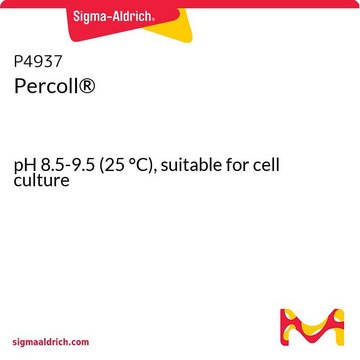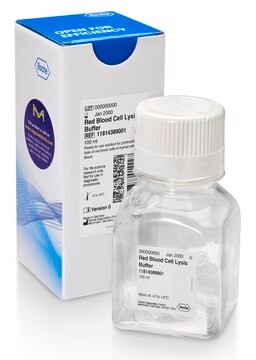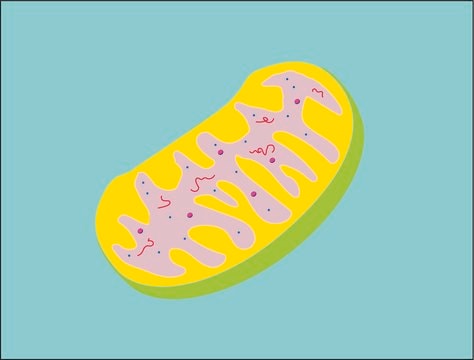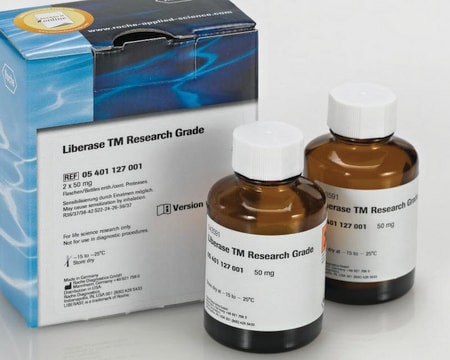CPISO
Chloroplast Isolation Kit
isolation of intact chloroplasts from leaves
Synonym(s):
Chloroplast Purification Kit, Isolation Kit for Chloroplast, Kit for Chloroplast Isolation
About This Item
Recommended Products
General description
Application
Features and Benefits
- Specifically formulated buffer - Saves time using easy to follow simple and proven protocols
- Isolates intact chloroplasts - Useful for studies of such processes as carbon assimilation, electron flow and phosphorylation, metabolic transport or protein targeting
- Total organelle protein complement - Useful for functional studies, metabolic transport, proteomic profiling, and genomic applications
- Convenient format - Saves time and reduces waste
Suitability
Storage Class Code
10 - Combustible liquids
Regulatory Listings
Regulatory Listings are mainly provided for chemical products. Only limited information can be provided here for non-chemical products. No entry means none of the components are listed. It is the user’s obligation to ensure the safe and legal use of the product.
PDSCL
Please refer to KIT Component information
PRTR
Please refer to KIT Component information
FSL
Please refer to KIT Component information
ISHL Indicated Name
Please refer to KIT Component information
ISHL Notified Names
Please refer to KIT Component information
Cartagena Act
Please refer to KIT Component information
JAN Code
キットコンポーネントの情報を参照してください
Certificates of Analysis (COA)
Search for Certificates of Analysis (COA) by entering the products Lot/Batch Number. Lot and Batch Numbers can be found on a product’s label following the words ‘Lot’ or ‘Batch’.
Already Own This Product?
Find documentation for the products that you have recently purchased in the Document Library.
Customers Also Viewed
Our team of scientists has experience in all areas of research including Life Science, Material Science, Chemical Synthesis, Chromatography, Analytical and many others.
Contact Technical Service










